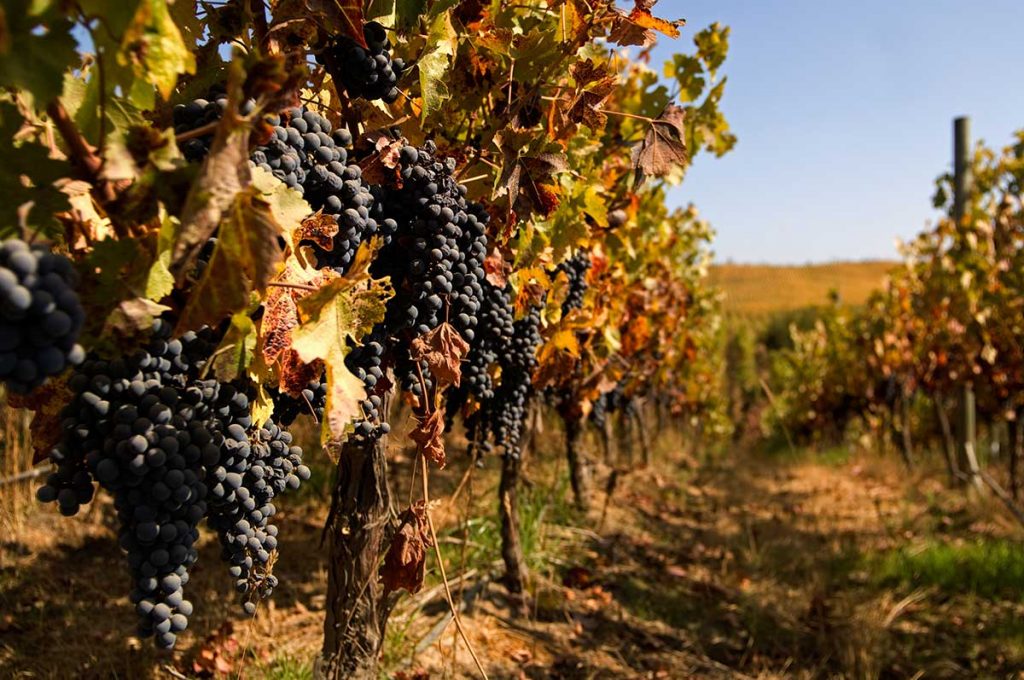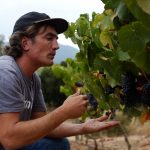It is no secret that Chile makes some of the best wine in the world. Chile is famous for having “rediscovered” the lost vines of Carménère, hidden in plain sight, growing and having been mistaken for Merlot wine for years after the phylloxeria blight wiped out the original stock in France. Chile is increasingly becoming well-known for cool-climate reds, for coastal whites, and has had some award-winning Pinot Noirs in recent years.
Given the excellent wine terroir throughout much of the length of Chile, and the popularity of Chile’s high-scoring wines on the international front, it will come as no surprise that a visit to one or more of Chile’s wine valleys rates highly among visitors from around the world, from serious wine collectors looking to invest, to wine enthusiasts excited to try wines that may not make it to their local wine distributor, to those who want to get to know Chile through this, one of its most famous and exported products. Below is a description of four fairly close-in (close to Santiago) wine valleys we love, and a couple just a touch farther afield that are poised to make a big splash on the international market.
Casablanca Valley
The Casablanca Valley is positioned between Santiago and the cities of Valparaíso and Viña del Mar, making it an easy spot to visit from and of these three locations. There are wine producers large and small, along the highway and deep in hidden corners of the valley, in structures from Greek-temple inspired casonas to humble shipping containers. Chile’s history of cool-climate viticulture in this valley began less than 30 years ago, when innovative winemakers started planting here. Chardonnay from this region is very popular, but Sauvignon Blanc and Pinot Noir are picking up speed. There are many microclimates in the small sub valleys, with small creeks, rises and varied terriors making some of Chile’s most celebrated wines.
Maipo Valley
The Maipo Valley is about 30 km south of Santiago proper, and is perhaps best known for being home to one of the granddaddies of Chilean wine, the powerhouse and major exporter of Concha y Toro. But it’s not all big names and large production. Here in the shadow of the soaring Andes sits one of Chile’s most photogenic wine regions, with many smaller producers in Maipo making high-scoring reds. Cabernet Sauvignon reigns supreme in the valley, benefitting from long sunny days and dropping evening temperatures that favor flavor development. The recently rediscovered Carménère also does well here as well. The Maipo Valley is known for being many a city-dweller’s first contact with the Chilean huaso (cowboy) culture, and as such, no day out in the Maipo valley is complete without a large lunch featuring the most Chilean of all traditions, the asado (barbecue).
Aconcagua Valley
Climbing up and out of Santiago to the northeast, it’s impossible not to notice the change in terrain. Softer, more undulating hills give way to sharper rocks and stronger sun as you drive through tunnels built through bedrock to arrive in the Aconcagua Valley. Aconcagua has it’s own denomination of origin, and it is named for the province and the tallest mountain in South America, Aconcagua in whose lee it sits. It is partially the meltwater from snowcapped Aconcagua that irrigates the land the grapes grow on, and much of the rest of the region’s success is due to it having one of the warmest and longest growing seasons. While for a Chilean wine valley, it is not a very extensive area, Aconcagua is definitely in the category of “small but mighty.” It is known worldwide for its hugely successful, high-scoring reds, such as Viña Errázuriz’ Seña wine. Smaller winemakers also benefit from the excellent conditions here, making blends that include tempranillo and other grapes that are lesser-known in Chile.
Colchagua
Colchagua is home to what many people think of as “Chile’s Napa Valley,” specifically the area surrounding the city of Santa Cruz, a perfect weekend getaway for visitors to the area, and popular among locals as well. Colchagua was originally part of a larger valley system, but the Denomination of Origin system classified the southern end as Colchagua.

We typically think of this area as being home to Cabernet Sauvignon, but these days Syrah and Carménère are catching up, and the sleeper surprise is Chilean Malbec, a recent innovation that makes a wine quite different from that of our neighbors in Argentina of the same name. Wineries in Colchagua are also planting further out towards the coast in recent years, taking advantage of the cooler temperatures to make some notable cool-climate reds.
Limarí Valley
Breaking for a moment from the central and central-south wine regions, we consider the Limarí Valley, which is in the “norte chico” (near north) just a few hours north of Santiago. It enjoys dry conditions with as little as four inches of rainfall per year. This area grows grapes for both Pisco (an alcohol distilled from grapes, an essential ingredient in Pisco Sour, which is Chile’s national cocktail) and wine. Limarí has earned prestige in white wines in recent years as its Chardonnay claims fans and awards around the world for its crisp acidity and defined minerality, which it owes to the presence of limestone, a historical vestige of when this area was part of the seabed. Syrah and Pinot Noir are also grown here, greatly benefiting from the camanchaca, a dense morning fog that comes in from the coast every morning and burns off as the sun pops over the mountains that surround this verdant valley.
Maule Valley
The Maule Valley, a few hours south of Santiago, is having a boom, with the recent resurgence of a grape, which in Chile is called uva País. It was historically used to make a table wine or a rustic wine called chicha, but is now being used by local winemakers to great acclaim to reclaim part of Chile’s patrimony. But the valley—in addition to being the home to some of the oldest vines, with ancient bush vines thick as tree trunks—is also varied, with three different growing sectors, where Carignan, País and many other varieties are dry-farmed to great success, and where the Chilean huaso (cowboy) culture is in full effect. It is not unusual in Maule to share the road with huasos on horseback, wearing wide-brimmed hats called chupallas.

